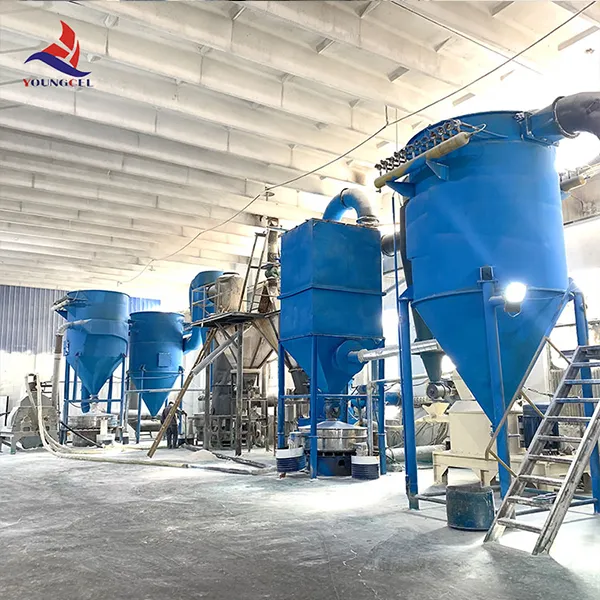Exploring Methyl Cellulose Properties and Applications
Methyl cellulose is a fascinating cellulose derivative that has gained considerable attention in various industries due to its unique properties. As a non-ionic, water-soluble polymer derived from natural cellulose, methyl cellulose is predominantly produced through a chemical modification process. This modification involves the methylation of hydroxyl groups in cellulose, resulting in a product that exhibits a range of functionalities, making it an indispensable material in many applications.
Exploring Methyl Cellulose Properties and Applications
In the realm of pharmaceuticals, methyl cellulose plays a critical role as a binding agent in tablet formulations. Its water-retaining capacity helps maintain moisture in the product, which is essential for preserving stability and efficacy. Furthermore, it is used in the production of controlled-release drug formulations, facilitating the gradual release of active ingredients in the body. Its biocompatibility and non-toxic nature make it a suitable choice for various medical applications, including wound dressings and ocular formulations.
cellulose methyl

Another notable application of methyl cellulose is in the construction industry. It is often incorporated into cement and mortar formulations, acting as a water-retaining agent to enhance workability and reduce cracking during the curing process. This property not only improves the durability and longevity of construction materials but also aligns with modern sustainable practices by minimizing waste.
In addition to these applications, methyl cellulose has become increasingly popular in the cosmetic and personal care industry. It is commonly used in products such as lotions, creams, and gels due to its emulsifying properties and ability to stabilize formulations. Its gentle nature makes it suitable for sensitive skin applications, providing texture and consistency without causing irritation.
As environmental concerns continue to drive innovation, the demand for renewable and sustainable materials has placed methyl cellulose in the spotlight. Its biodegradable nature, derived from naturally occurring cellulose, positions it as an eco-friendly alternative to synthetic polymers.
In conclusion, methyl cellulose stands out as a versatile and functional material with a wide array of applications across multiple industries. Its unique properties, such as water solubility, gel formation, and biocompatibility, make it an essential component in the formulation of food products, pharmaceuticals, construction materials, and cosmetics. As research continues to expand our understanding of cellulose derivatives, the potential applications of methyl cellulose are likely to grow, contributing to more sustainable and innovative solutions in the future.
-
Rdp Powder: Key Considerations for Wholesalers in the Building Materials IndustryNewsJul.08,2025
-
Key Considerations for Wholesalers: Navigating the World of Hpmc - Based ProductsNewsJul.08,2025
-
Hpmc Detergent: Key Considerations for WholesalersNewsJul.08,2025
-
Key Considerations for Wholesalers: China Hpmc For Tile Adhesive, Coating Additives, Concrete Additives, and MoreNewsJul.08,2025
-
Crucial Considerations for Wholesalers: Navigating the World of Construction MaterialsNewsJul.08,2025
-
Key Considerations for Wholesalers Sourcing Additive For Cement, Additive For Concrete, Additive For Putty from Additive Manufacturer Shijiazhuang Gaocheng District Yongfeng Cellulose Co., Ltd.NewsJul.08,2025




